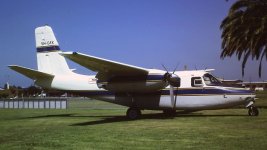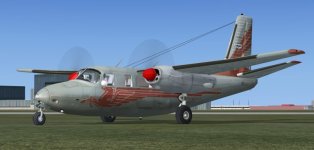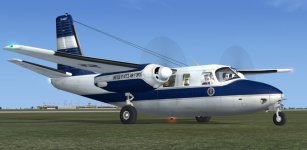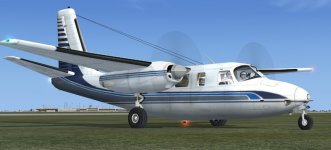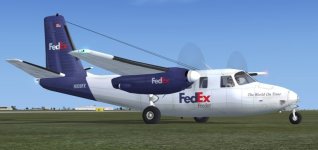The AC680S is the next and last in line for the Aero Commander series of conversions to FSX Native.
This one will be a different challenge as there are actually 3 models and two or three different panels / VCs involved.
Not sure how I will proceed, but its more at 3 different projects. But some time should be saved by sharing the exterior model, I hope.
Seeing the liveries posted, the 680S Pegasus is also to be included but the alphas will need an artists FSX touch before it can be released.
This project will likely require 2 weeks.
This one will be a different challenge as there are actually 3 models and two or three different panels / VCs involved.
Not sure how I will proceed, but its more at 3 different projects. But some time should be saved by sharing the exterior model, I hope.
Seeing the liveries posted, the 680S Pegasus is also to be included but the alphas will need an artists FSX touch before it can be released.
This project will likely require 2 weeks.

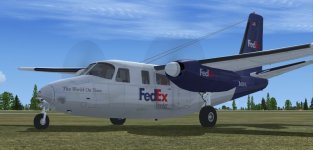
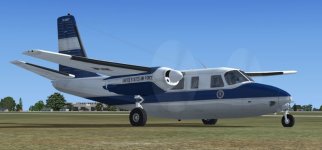
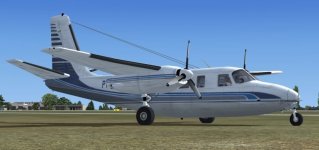
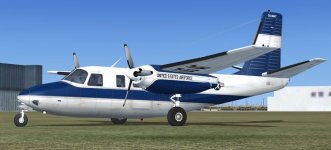
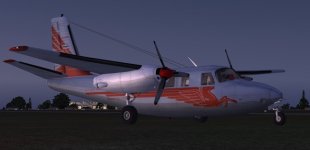
 ILOVE THOSE LIVERIES
ILOVE THOSE LIVERIES H
H